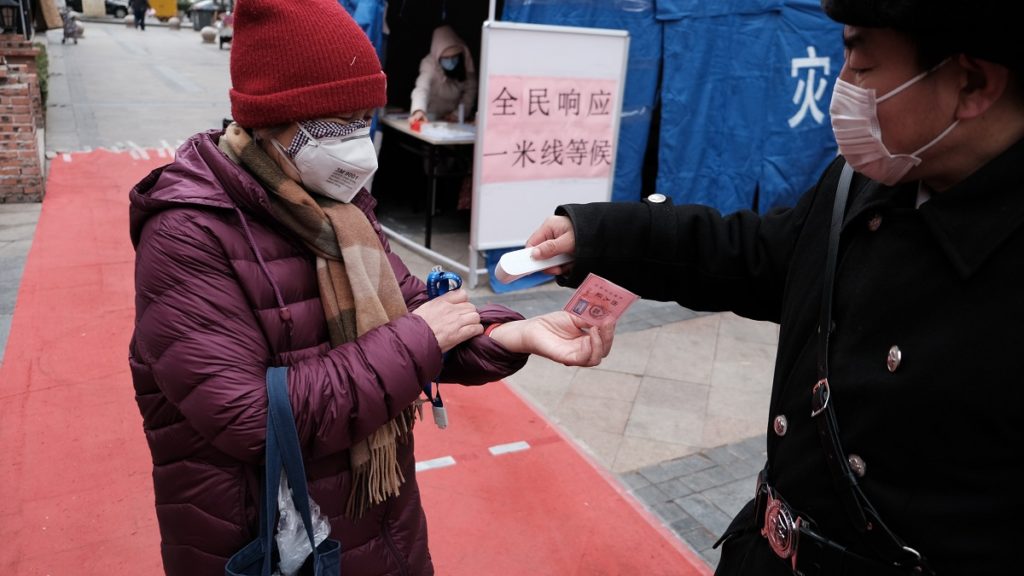The coronavirus and the 1918 Spanish flu pandemics have their fair share of differences. The current pandemic affects more patients in older age groups, while the Spanish flu struck those between 20 and 30, even those with healthy immune systems. However, experts still look to the measures that each city has done to curb the Spanish flu, which will hopefully give them insight on how our generation can extinguish the coronavirus.
A Snapshot of the 1918 Pandemic
In 1918, there were no treatments for influenza; neither were there antibiotics, which could have cured complications like pneumonia. When the flu virus spread across the communities, hospitals with limited physician staffing were easily overwhelmed.
While today’s public battles fake news and misinformation, the people from a hundred years ago were facing the same problem: belief in superstition is strong, and conspiracy theories spread like wildfire. Our advantage, however, is that people have a general knowledge of healthy lifestyle practices. In 1918, health was mostly a misunderstood topic. Case in point: some factories allowed workers to smoke cigarettes, believing that it could prevent infections.
To make matters worse, many countries were still at war and repressed early news reports about the Spanish flu. These stories weren’t allowed to circulate as they could dampen morale; the daily mantra for a war-torn public is to “carry on.”
Spain, which was a neutral country, had a relatively freer press, which had a smaller obligation to war coverage. They are the first to break the story about the outbreak, which is why the disease, although not having originated in Spanish territories, is nicknamed the “Spanish flu.”
Quarantines to Collective Immunity

When government authorities realized they could no longer ignore the outbreaks, they enacted hard lockdowns in varying degrees. St Louis’ was one of the first to send people homes and close the doors on its city. In contrast, Philadelphia even held a public celebration with 200,000 gatherers before it took quarantine measures seriously. By the end of the pandemic, the death rate of St. Louis was less than half that of Philadelphia.
Since then, researchers have studied the measures enforce by different communities and came to two important conclusions. One, social distancing is the key, and two, relaxing measures to early could cause cities to relapse. First, maintaining a social distance is extremely important in preventing transmission, which in the long run, helped extinguish the pandemic. Second, lifting quarantine measures too early would cause a second, perhaps deadlier wave of infections. For instance, St. Louis was encouraged by a new death rate that the city lifted restrictions less than two months after the outbreak. A rash of new infections soon followed that.
The academic community agrees that the pandemic reached a full stop in 1920 when society developed a collective immunity to the Spanish flu. Waiting, however, is not a good option, because the Spanish flu took over 50 million lives. Moreover, it takes time to develop a vaccine—the first flu vaccine was developed in the 1940s.
It is important to note, however, that it is much more difficult to contain a pandemic in the 21st century. Travel is easier and much more accessible, cities are more congested, and public spaces are more crowded. The context to which the two pandemics belong is entirely different. While all pandemics more or less have similar endings, the world is hoping that the current one will die down faster and with much fewer casualties.
